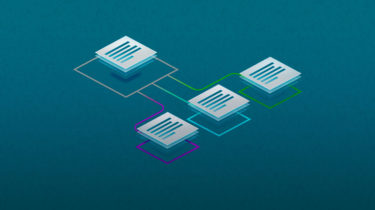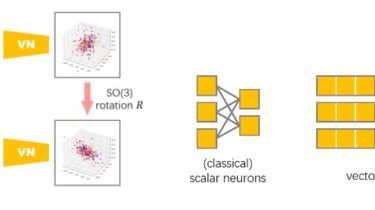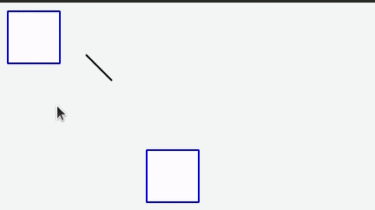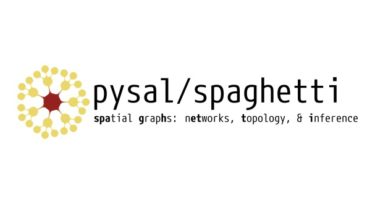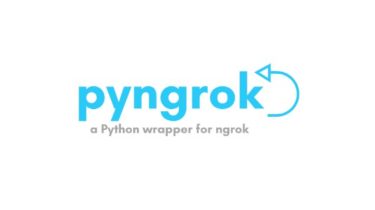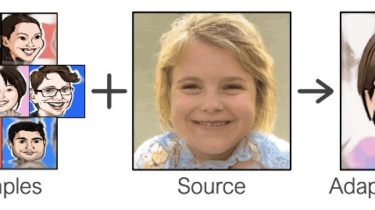Role of Machine Learning in Natural Language Processing
Introduction Machine Learning and Natural Language Processing are important subfields of Artificial Intelligence that have gained prominence in recent times. Machine Learning and Natural Language Processing play a very important part in making an artificial agent into an artificial ‘intelligent’ agent. An Artificially Intelligent system can accept better information from the environment and can act on the environment in a user-friendly manner because of the advancement in Natural Language Processing. Similarly, an Artificially Intelligent System can process the received information […]
Read more